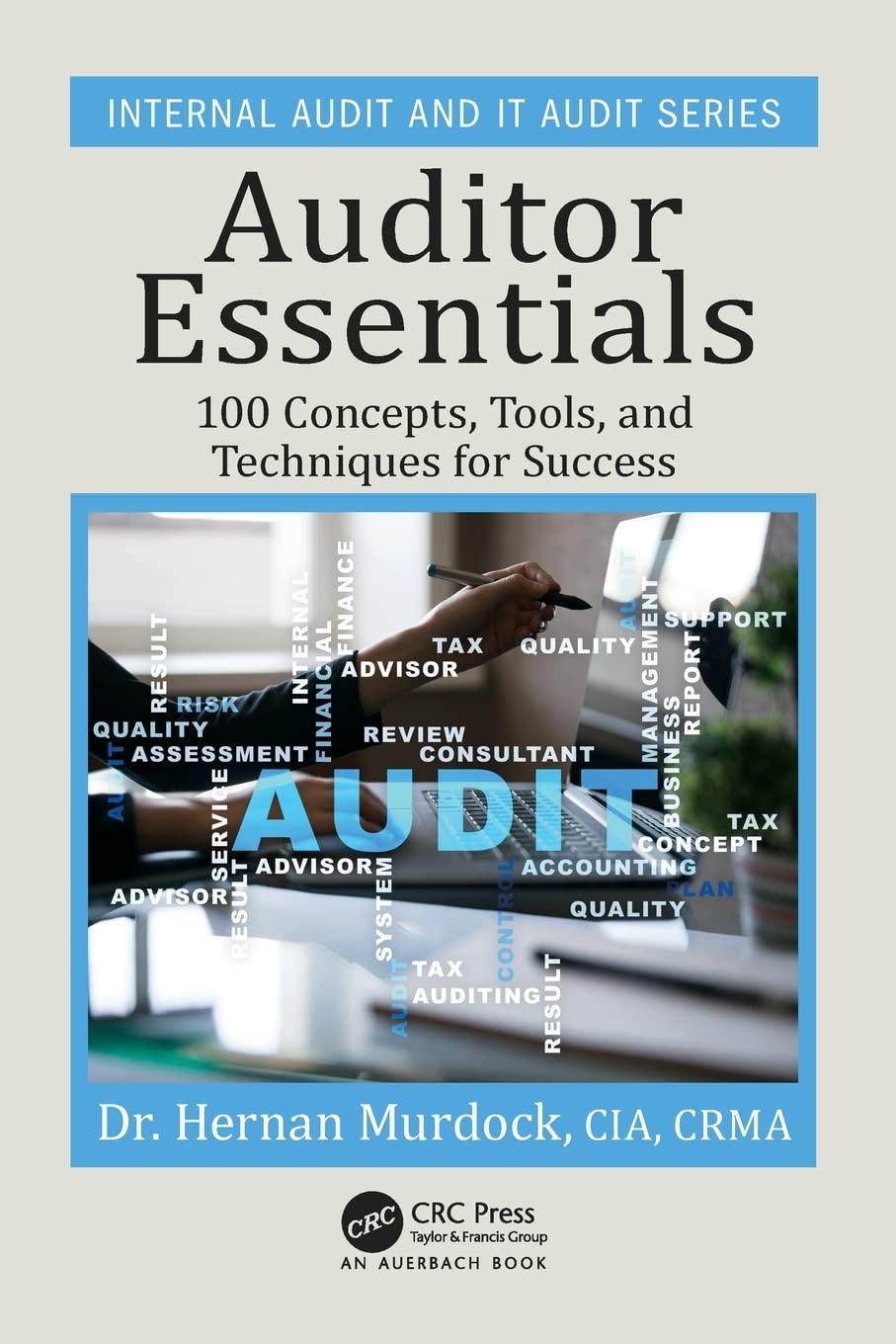Question
Calculate the cost of the program First fill up the following table to list down the term wise tuitions. Some terms are in the past
Calculate the cost of the program First fill up the following table to list down the term wise tuitions. Some terms are in the past and some will be in the future (until graduation). Only consider the current stint at MSUB; ignore if you were registered at MSUB in past or other school but did not complete the degree. Use the start of each term as the time/date (column 1 of the table): 15th January for the spring, 15th May for the first summer, 15th June for the second summer, and 1st September for the fall. Consider all the expenses related to school such as books, fees, etc. as part of Tuition (column 2). Assuming today is 1st July 2020, find the time difference (column 3) between today and the date for each term. Time from today (years) = Time from today (in days)/365 Now find the present value of the tuition (column 5). Use the formulas provided below to find the present value. Use discount rate = 2%. For past terms: Present Value = Tuition * (1 + discount rate) time from today in years For future terms: Present Value = Tuition / (1 + discount rate) time from
today in years Time/Date Tuition ($) Time from today (days) Time from today (years) Present Value ($) Finally, add up the last column to find out the PV of the cost of the undergraduate program. Step 2: Estimate the opportunity cost Since you are a full time or part time student, you must be foregoing some earnings that you could have earned had you not been enrolled in the program. You may be working for fewer hours, or not working at all, or working in a place with lower wage. Find the difference between what you could have earned and what you have actually earned. Estimate similar difference for the future months as well, as you continue until graduation. In the last column find the present value of the difference. This is a monthly exercise (unlike step 1 which was a term-wise exercise). Rest of the directions and assumptions are similar to those in Step 1. Time/Date Earnings ($) Could have earned ($) Difference ($) Time from today (days) Time from today (years) Present Value ($) Finally, add up the last column and multiply the sum by 0.88 (assuming 12% tax rate) to find your opportunity cost. Step 3: Find out the benefits of the undergraduate degree In this step we will calculate the monitory value of your degree. This is valued as the difference in earnings that this degree makes. Make this an annual exercise. Start this exercise from the month of graduation and assume that you will work until you tun 65 without any break. You are expected to get a modest raise in pay every year that matches the rate of inflation in the recent months. In every 5 years, you should expect to receive an extra raise due to promotion or job change. Your earnings without the degree in the initial months should be in line with the could have earned in Step 2. In the last column find the present value of the difference. Rest of the directions remain same as in Step 1. However, now you change your discount rate to 8%. Time/Date Earnings with the degree($) Earnings without the degree($) Difference ($) Time from today (years) Present Value ($) Finally, add up the last column and then multiply the addition by 0.82 (assuming 18% tax rate) to find out the present monetary value of the benefits of having this degree. Step 4: Calculate the value of your degree The Present Value of your degree = Benefits of the undergraduate degree Cost of the program Opportunity Cost Step 5: Analysis A) In this exercise you make several assumptions. Please state all those assumptions clearly and state your rationale for those assumptions. B) Make observations on your finding. Comment on how your case may be special or different from other students. C) State what else could have been included in this exercise. Special instructions: 1. Start Early and submit by deadline. 2. Read the instructions very thoroughly. Ask questions only after you have carefully gone through these instructions. 3. This is a financial exercise. Therefore, ensure that your work makes sense financially. 4. Use MS Excel for all the tables and calculations. 5. Use word document to state assumptions, make comments and observations. 6. Ensure that you show all the calculations and state all the assumptions clearly. 7. After submission, ensure that correct version of all the files have been uploaded.
Step by Step Solution
There are 3 Steps involved in it
Step: 1

Get Instant Access to Expert-Tailored Solutions
See step-by-step solutions with expert insights and AI powered tools for academic success
Step: 2

Step: 3

Ace Your Homework with AI
Get the answers you need in no time with our AI-driven, step-by-step assistance
Get Started


